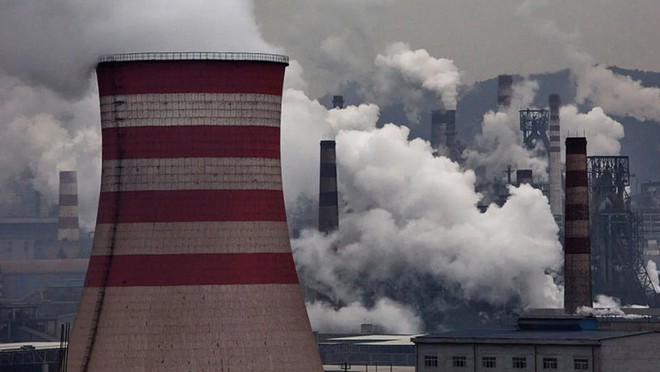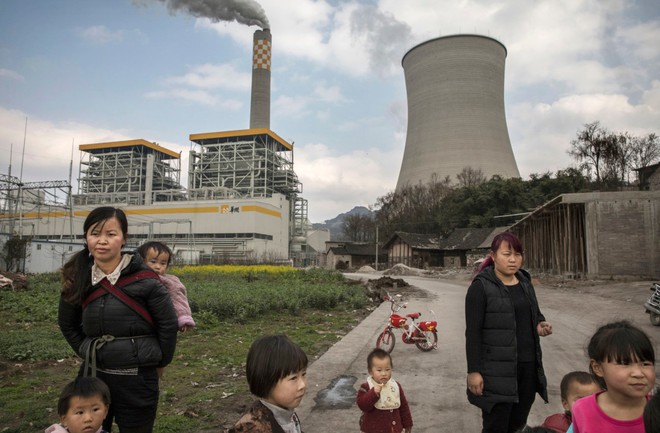US media: China emits more greenhouse gases than the US and many other developed countries
- Tram Ho
Countries around the world have been making great efforts to realize their commitment to reducing greenhouse gas emissions. But according to a latest study, that goal is still very far away.

The latest report released by consulting and research firm Rhodium Group on May 6 said that China’s greenhouse gas emissions in 2019 have surpassed both the US and developed countries combined, reached 14 gigatons of CO2, equivalent to about 27% of total CO2 emissions globally.
China’s emissions have more than tripled over the past three decades. Estimates measure six greenhouse gases, including CO2 and methane.
This increase deflects efforts to achieve the Paris agreement’s goal of drastic CO2 reductions by 2050, said Kate Larsen, head of international climate policy research at Rhodium Group. .
The United States is not inferior to China in terms of emissions rates
The United States is behind China and is the second largest emitter in the world, accounting for 11% of total global emissions. India, meanwhile, surpassed the European Union at 6.4% and took third place with 6.6% of total emissions.
China’s per-capita emissions are still much lower than those of the United States, which has the highest per-capita emission rate in the world, at 17.6 tonnes per capita, Rhodium said.
The increase in China’s per capita emissions is largely due to improved living standards, which lead to an increase in demand for electric energy (mainly fossil fuel-generated electricity), Larsen said. for utility products. That is not to mention China’s role as the world’s top commodity producer.
That growth has clearly been both positive economically, but also driving up China’s greenhouse gas emissions.
During a climate summit last month, China reiterated its commitment to reach its highest emissions reductions by 2030 and achieve carbon neutralization (with no net increase in home emissions. global glass) by 2060, a decade slower than other major economies. The country also said it would gradually control and limit the increase in coal consumption from now to 2025 and gradually reduce it sharply in the following years.
Until that time, China still prioritizes economic growth, so it will continue to build more coal-fired power plants to ensure domestic energy demand.

Recently, Chinese President Xi Jinping said that high CO2 emission projects that do not meet environmental standards will be halted.
But Beijing continues to finance fossil fuel projects overseas and is continuing to build coal-fired power plants in the country. China is the largest producer of renewable energy in the world and also consumes the largest coal.

Also according to Rhodium Group’s preliminary estimate of 2020 emissions shows that, while all other major economies have recorded a significant reduction in emissions due to the Covid-19 pandemic, emissions China’s growth is estimated at 1.7%, in part because it maintains economic growth thanks to industry and natural gas.
Rhodium Group is an independent organization that provides annual estimates of emissions from economic activity to more than 190 countries. The latest data conducted a emissions analysis from 1990 to 2019.
Refer to NBCnews
Source : Genk
